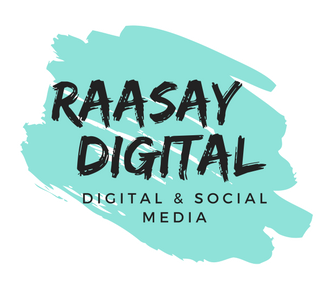Right-of-use (ROU) assets are becoming increasingly prominent in lease agreements, and their treatment can significantly impact a company`s financial statements. However, there is still confusion about what ROU assets are and how they should be accounted for. In this article, we will explore the truth behind some common statements about ROU assets.
1. ROU assets are only found in finance leases.
False. ROU assets can be found in both finance leases and operating leases. However, the accounting treatment differs between the two types of leases. In finance leases, the ROU asset and lease liability are recognized on the balance sheet, whereas in operating leases, only the lease liability is recognized.
2. The value of the ROU asset is always equal to the lease liability.
False. The value of the ROU asset is based on the present value of the lease payments, which can vary depending on factors such as the lease term, interest rate, and lease incentives. The lease liability is also based on the present value of the lease payments but includes additional costs, such as the lease term`s residual value guarantee.
3. The ROU asset is amortized over the lease term.
True. The ROU asset is amortized over the lease term, typically using the straight-line method. This means that the asset`s value is spread out evenly over the lease term, reflecting the asset`s expected usage.
4. If a lease has a purchase option, the ROU asset should be amortized over the purchase option`s term.
False. The ROU asset should be amortized over the lease term, regardless of whether there is a purchase option. However, if the purchase option is reasonably certain to be exercised, the lease liability should include the purchase price, and the ROU asset should be adjusted accordingly.
5. ROU assets and lease liabilities are adjusted for changes in the lease term.
True. If there are changes to the lease term, such as an extension or termination, the ROU asset and lease liability should be adjusted accordingly. These adjustments can have a significant impact on a company`s financial statements, so it`s essential to stay up-to-date on lease terms and communicate any changes to the appropriate accounting personnel.
In conclusion, ROU assets are an important component of lease agreements, and their accounting treatment can have a significant impact on a company`s financial statements. It`s crucial to understand the truth behind common statements about ROU assets to ensure accurate financial reporting.
